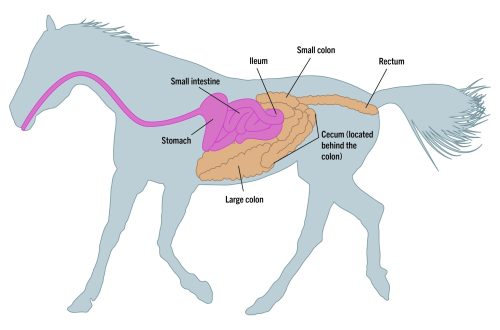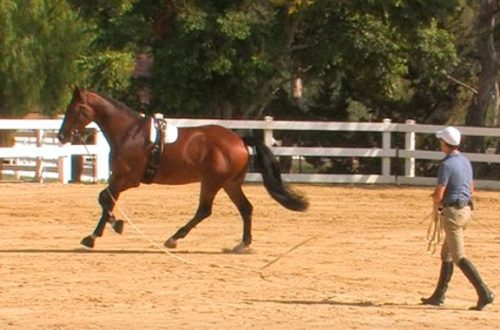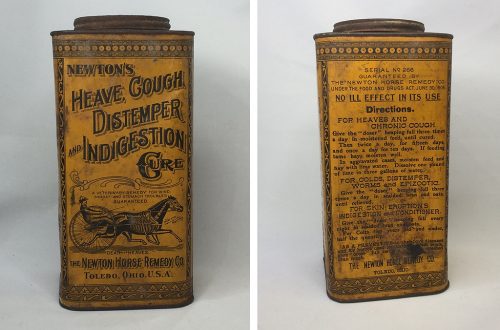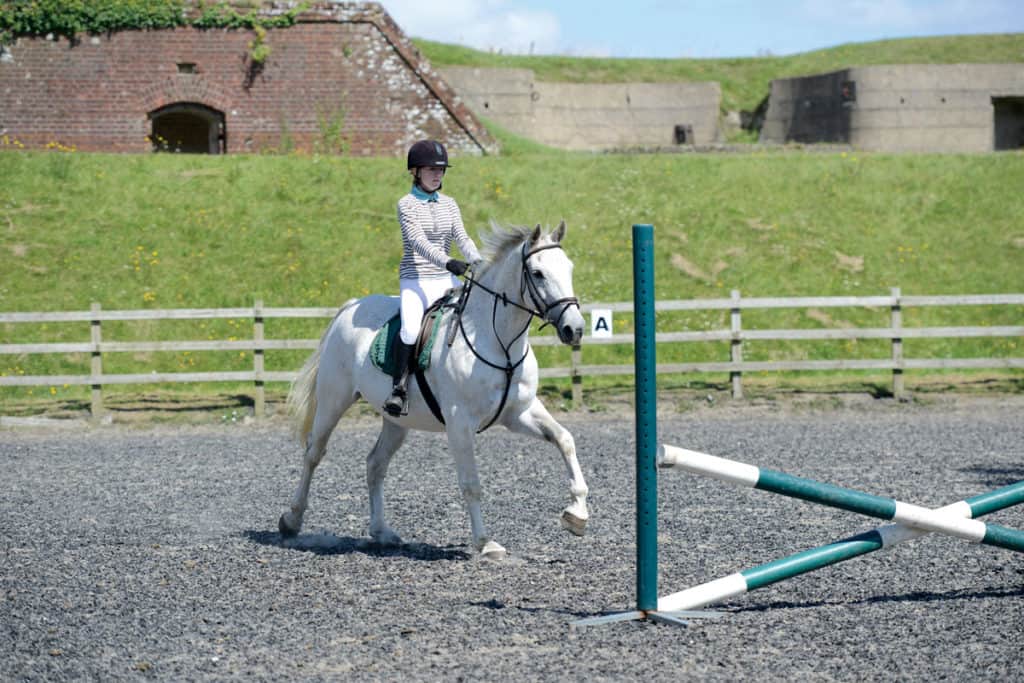
Fixing problems that occur during trot jumps
Fixing problems that occur during trot jumps
Trotting over obstacles can feel like a guessing game, especially if you’re just learning to jump or are a timid rider. Seeing the distance (not to mention the correct distance!) seems like a fantasy. At the same time, you may be haunted by the desire to fall on the horse’s neck in order to keep up with the jump.
Of course, it’s quite tempting to just skip the trotting step and go straight to the canter, but trotting over obstacles remains one of the best exercises that can teach the rider to wait for the jump and the horse to get closer to the base of the obstacle before taking off, better raise the forearms and round the trajectory of the jump.
Because the trot is slower than the canter, it gives riders a chance to improve their posture and coordination, and trains the horse to keep his balance in motion and listen to the rider as he approaches the obstacle.
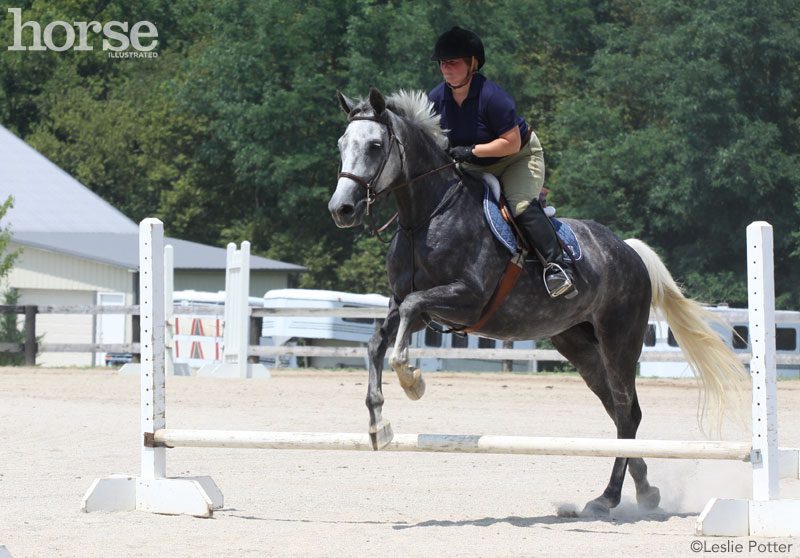
Combat, training or semi-landing?
If the rider focuses on the beat, counts one-two-one-two, and thinks of the horse’s legs as if they were his own legs, he really will know when the moment of repulsion will come, will not lag behind the jump and will not fall on the neck. If the rider is not mentally connected with the horse and its legs, it will be more difficult for him to find the correct distance and see the take-off point.
Approaching an obstacle at the posting trot can be difficult as the position of the rider is constantly changing. When riding in a half-stance or training position, the rider’s position is more stable. Most beginner riders, however, have difficulty with the training position, so it is easier for them to approach the obstacle in the posting trot, transitioning to the training trot in the last few steps before the jump. A rider bouncing on the back of a horse in a training landing can break its rhythm, the horse can mistakenly perceive uncertain body movements as a command to canter.
Setting up an obstacle to trot
Setting up an obstacle you plan to trot is basically no different than setting up an obstacle you would gallop. However, to ensure a more successful jump, poles can be used to help the horse figure out where to put his feet.
One pole can be placed parallel to the obstacle in front of it (for 2,45-2.75 m). If your horse is already familiar with pole work, you can also place two poles in front of the first one, 1,20-1,35 m apart.
Distances depend on your horse’s stride, so if you’re trying it out for the first time, there may be mistakes at first.
Trot approach
Approach to the barrier from a trot is no different from approaching it at a gallop. The goal is to get the horse at a steady, steady pace and trot all the way to the bottom of the obstacle, allowing the horse to jump out of the pace, just like in a canter. To jump well, you need to move towards the obstacle, focusing on its center, while maintaining balance. This means that you need to look ahead, from point A to point B, whether you are going through two obstacles or a system, or you are jumping one obstacle and going straight away from it.
No matter how hard you trot obstacles, if your horse is not properly warmed up, the work will be in vain. Manezhnaya work, carried out as a warm-up, must be of high quality. Just trotting a few laps around the arena before jumping is not enough. The jump-ready horse walks in front of the leg and responds to the controls by moving forward and coming back easily before being asked to jump. A horse that is in front of the legs will not only take off better, but also land better without breaking off and without losing forward momentum.
Sarah Coleman (source); translation Valeria Smirnova.
 Artyom Klubovsky July 21 2018 city
Artyom Klubovsky July 21 2018 cityOnce upon a time (a couple of months ago) I also trotted.
At a gallop is better Answer



